It has been unpopular in the U.S. for decades, but a new review says that nitrous oxide, otherwise known as laughing gas, is a safe and effective way to help women manage their labor pain.
"[It's] easy to administer, can be started in less than a minute, becomes effective within a minute and is safe for the mother and the baby," study co-author Trudy Klomp with the department of midwifery science at VU University in the Netherlands told The Huffington Post.
Only 1 percent of women in the U.S. report using nitrous oxide -- a odorless, tasteless gas that is breathed in from a hand-held mask -- for pain management during delivery, according to the American Society of Anesthesiologists. By contrast, the Centers for Disease Control and Prevention estimates that just over 60 percent of women who give birth vaginally use an epidural or spinal anesthesia. With those methods, a doctor injects the medicine in or around a woman's spine to relieve the pain in her lower body.
For the new Cochrane review, Klomp and her colleagues identified 26 studies that tested the safety and efficacy of nitrous oxide, as well another group of inhaled pain-relief medications known as "flurane derivatives." The studies came from the U.S., U.K., Sweden, Canada, China, Singapore and Iran.
Nitrous oxide and flurane derivatives helped relieve labor pain without increasing the need for use of forceps, vacuum or C-section, and appeared to be safe for the baby, the reviewers concluded. Flurane derivatives were found to be slightly more effective than laughing gas at reducing pain, and women were less likely to experience many of the side-effects that can accompany nitrous-oxide use, including nausea, vomiting, dizziness and drowsiness.
"Inhaled analgesia gave women in labor less pain intensity and more pain relief when compared to placebo or no treatment or TENs," Klomp said. (Transcutaneous Electrical Nerve Stimulation is a therapy that uses an electrical current to provide pain relief; its has not yet been proven effective.)
"It takes away the hard edges of the pain and the women feel more relief," Klomp continued, explaining that nitrous oxide does not make pregnant women fall asleep.
Nitrous oxide is far more popular in the U.K., where it is used by 60 percent of women in labor and has been used for several decades with "good safety outcomes" for both moms and babies, according to the American Society of Anesthesiologists. It is also common in Australia, Finland and Canada, where approximately half of women in labor use it.
But few recent studies have looked at the safety and efficacy of the gas. A 2002 review found that nitrous oxide is not a particularly potent pain relief option, but is generally safe and can provide adequate relief for many women. An American Congress of Obstetricians and Gynecologists practice bulletin, also published in 2002, cautioned that "all inhaled anesthetic agents readily cross the placenta and have been associated with neonatal depression."
"Most medicines that alter maternal consciousness -- including pain medications we use in the U.S., like nubain -- can alter the alertness of the baby after it is born," said Dr. Laura Goetzl, an OBGYN and professor at Temple University who wrote the ACOG bulletin. "Depending on the dose, this effect can be minimal or increase the need for neonatal stimulation [or] resuscitation."
Goetzl told The Huffington Post that she predicts the new Cochrane review will not have a dramatic effect on current practices the U.S., given how uncommon the use of laughing gas is.
Klomp echoed the sentiment, explaining that a practical barrier to laughing gas becoming more widely used in the U.S. is that labor wards need to have the correct equipment, as well as good ventilation.
However, the new review argues that more options should be made available to women who need pain relief during delivery and do not want to have an epidural.
"Many women would like to have a choice for pain relief in labor and also would like to choose for a non-invasive method which is effective, safe and has relatively few side effects for themselves or their baby," Klomp said.